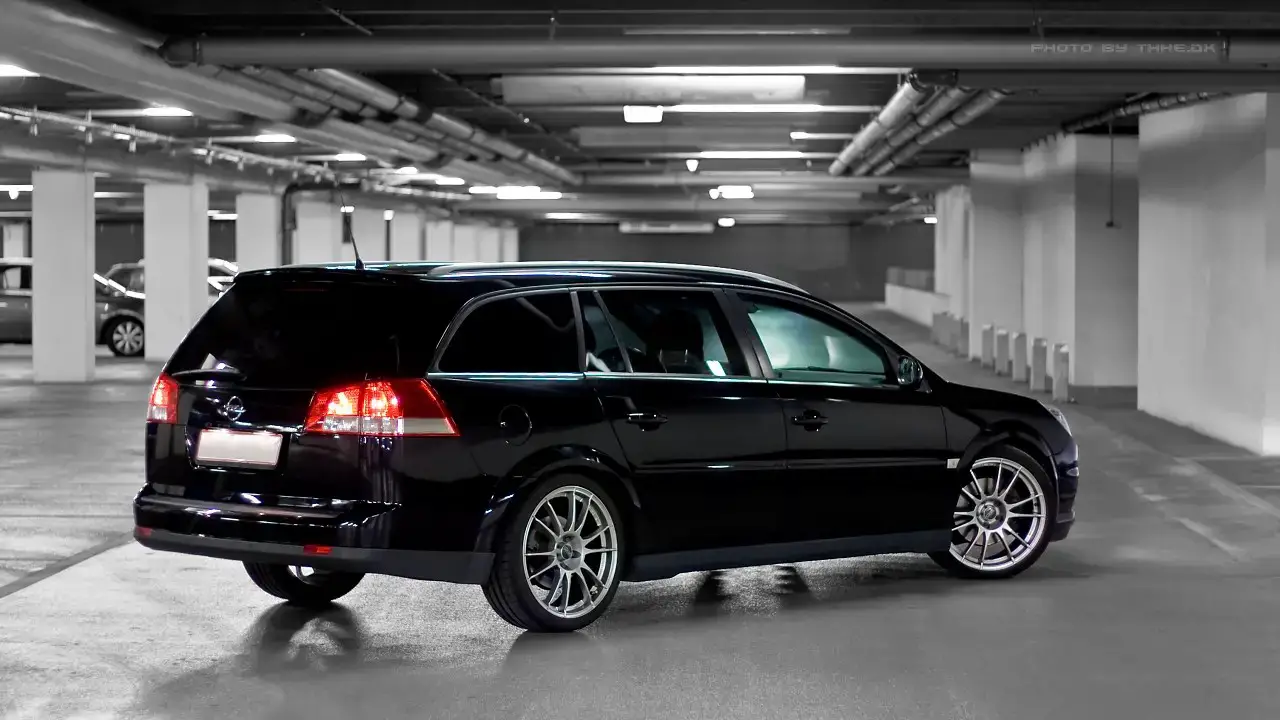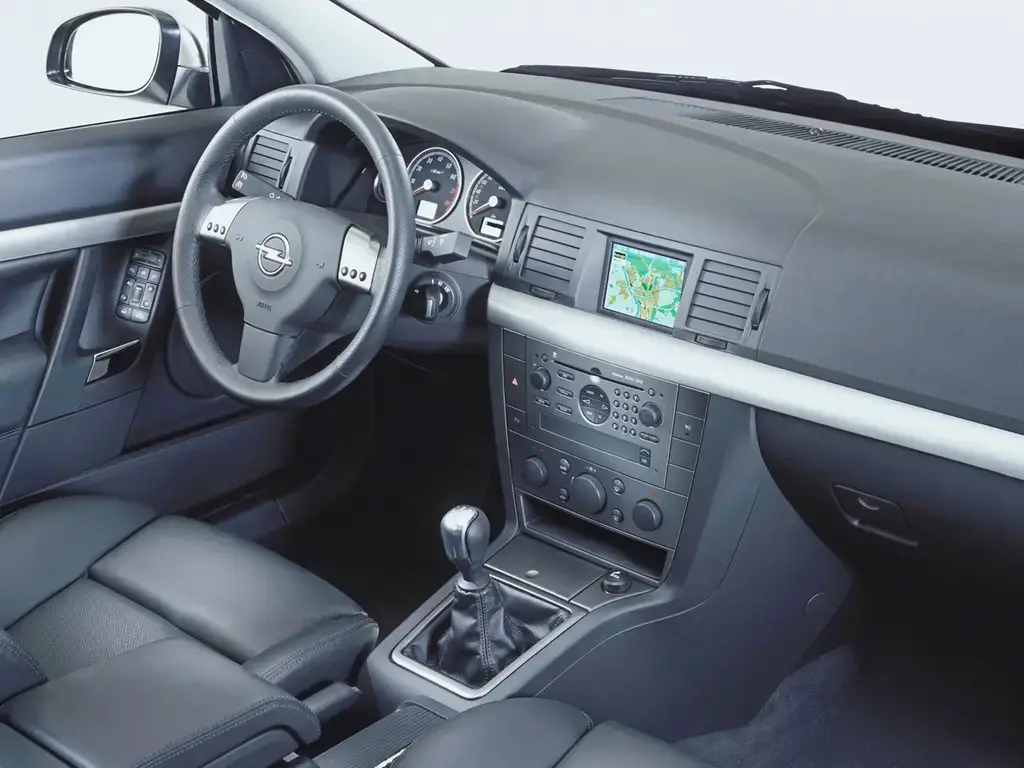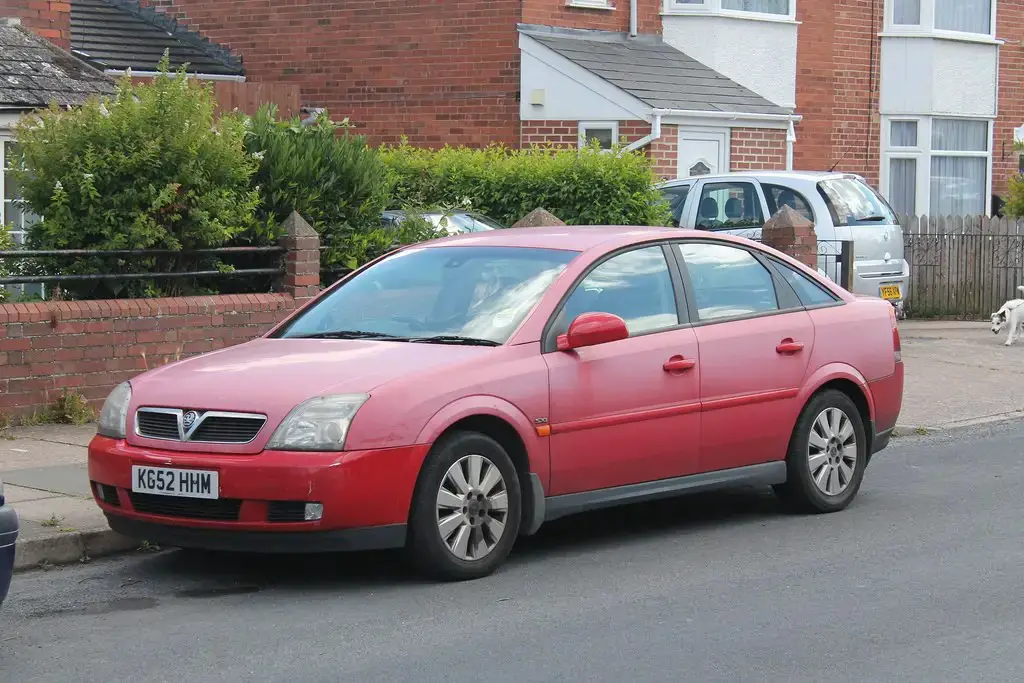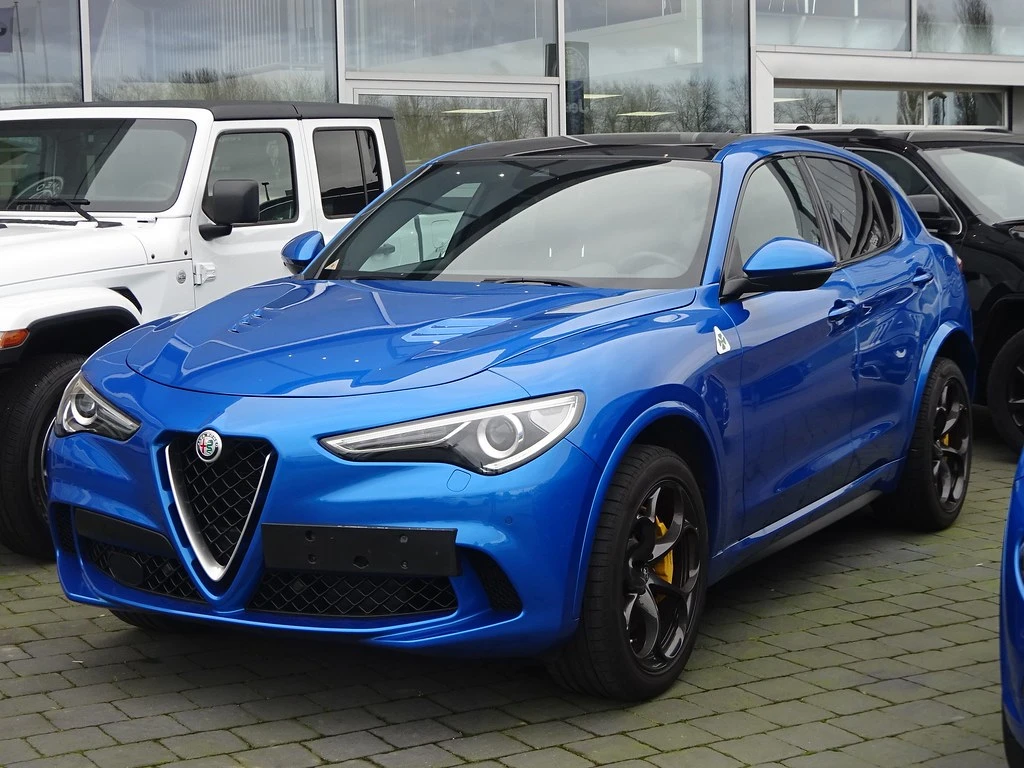Review: Vauxhall Vectra C ( 2002 - 2008 )

Vauxhall Vectra C, this mammoth car that was forgotten by most people. Does the Vauxhall Vectra C still have something to prove in 2018? Is it a worthy used car to buy? The answer to these questions can be found in a very, very tearful article
Launched in 2002 as a response to the Ford Mondeo III, the Vauxhall Vectra C has always been in competition with it for the “biggest car in class”. It’s only natural that it should have been this way because Ford is an American company and Vauxhall was owned at the time by GM, another American giant. It’s also normal that all they could offer were exaggerated dimensions and big, square, gas-guzzling, fuel-guzzling, low-efficiency engines. It’s just that we in Europe are not fans of big petrol engines. We’d rather drink a bottle of vodka than a case of Coor's Light. We don’t trample ourselves to catch Black Friday discounts. We’ll never argue over who offers the best burger with 5 layers of meat, 8 layers of cheese, a Coke Zero, a serving of diabetes and a night of intense lovemaking with a 1st, max 2nd-degree relative.

Like any American car made just to get a place in the company brochure, the Vauxhall Vectra C faded into anonymity relatively quickly, becoming a fairly rare model on the roads of the homeland. Moreover, like any self-respecting American car, the Vauxhall Vectra C suffers severely from understeer, being the worst boat in its class and in recent history.
What is understeer and why is the Vauxhall Vectra C so famous for it?
- Understeer is when you turn the steering wheel but the car doesn’t turn as much as the steering wheel. Quite dangerous especially at high speeds. Imagine you are doing 100 km/h, you have a bend ahead, you turn left but the car is still going forward. It’s not that much fun, is it?
- Oversteering is the opposite effect: the car turns more than you’d like. This is especially notorious in rear-wheel drive cars that don’t have modern technology (e.g. BMW E46). Imagine you’re doing 100 km/h, you have a bend ahead, you turn left but the car turns even more left and you end up spinning in the middle of the road until you end up in a ditch. It’s more fun, but it’s still tragic.
The Vauxhall Vectra C has the perfect recipe for understeer: A big, wide, low, heavy car, heavy engines and standard suspension and steering. The steering actually doesn’t have enough power to handle one of the biggest sedans ever built in Europe. Understeer affects all front-wheel drive cars with big engines (Audi, in particular, has this issue, but at least they made an effort to correct the situation). But Opel didn’t, they launched the car, and customers came in to complain about how dead they were after hugging the tree, Opel paid the funeral expenses and moved on.

Vauxhall Vectra C Engines
Petrol
- 1.6 petrol of 105 horsepower – If on the Opel Astra H this engine makes sense, on the giant Opel Vectra C this engine is so tortured that a Dominatrix matron would take lessons.
- 1.8 petrol of 140 horsepower – The most balanced petrol for the Opel Vectra C, although petrols are generally for city driving, and the Vectra C in town is as nimble as Boris Johnson when he is doing those sexy moves at parties.
- 2.0 Turbo of 175 horsepower – A fantastic engine that could have wreaked havoc and put the Opel Vectra C on the list of car enthusiasts. Issue however is, you have to buy the rest of the car along with this engine.
- 2.2 MPI of 155 horsepower – I can’t recommend this engine as long as there is the 2.0 Turbo, which is smaller, more powerful and will make you cry less at the tax office while a receptionist who works 3 hours a day and has double your salary will ask you “do you have all the required paperwork?”. “Where’s your health record?” Oh yeah, this engine has injection pump issues too.
- 2.8 petrol of 230 and 250 horsepower – If you get an Opel Vectra C with a 2.8 petrol engine, I’ll gladly tell you that there is medication for what you have and that there are empty seats in the no-door-handle area. Believe me, I know, I’ve just been released.
- 3.2 V6 of 211 horsepower – Haha. A Vectra with a 3.2 engine. The quintessential American car. Good luck finding one. Mighty jealous if you do.
Diesel
- 2.0 DTI with too few horses – An oldie from the Opel Vectra B that needs to stay in the asylum. I don’t even bother writing anything else.
- 1.9 CDTI 120 and 150 horsepower – Brought over from Alfa Romeo to get the party started, this is the most balanced engine for the Opel Vectra C, especially the 120 horsepower version. You’ll get your work done with the 150-horsepower one, too, but that’s like saying you make your own pizza at home and it’s just as good as the one in town because you need to save money, as the 150 bhp version has weak swirl valves. Pay close attention to the water pump, which needs to be changed every 2 timing changes. General issues with swirl valves, EGR and particulate filter.
- 2.2 DTI of 125 horsepower – Rare, large, anemic and panics profusely. High oil and diesel consumption. Don’t forget the health records when you go to the tax department. Good ol’ 2.2 DTI from Vauxhall.
- 3.0 CDTI of 184 horsepower – I see a lot of ads for Opel Vectra C with this engine. In this combination, you have a very good car for long highway drives (read no bends), but that’s about it. In any case, this engine eats an EGR valve every 20.000km and 1 litre of oil every 2500km.

Vauxhall Vectra C General Issues
- The timing belt needs to be changed every 50.000km, often together with the timing and water pump. Many engines have been ruined due to neglect and this has given Opel a bad reputation, but if you change the timing belt on time you won’t have any issues. All engines are affected.
- Dual mass flywheel + clutch = personal bankruptcy. All Opel models are affected by this brilliant solution from GM. When the flywheel starts to knock, it’s a good time to start a detox with water and tea to raise the necessary funds.
- Like any self-respecting Opel, there are serious issues with the climate system, A/C compressor being the star.
- The parking brake doesn’t always hold positive sentiments with the car or the car insurance. For your own good, leave it in gear when you park.
- The M32 gearbox which is a mechanical atrocity and which ruined the Opel Astra H’s reputation has made it to the Opel Vectra C. Fortunately, it was only fitted to the 1.9 CDTI.

Vauxhall Vectra C Verdict
You can’t buy more metal for the money the Vauxhall Vectra C offers, considering the same year of manufacture. Not necessarily better metal, but more.
The Opel Vectra C is a pretty rare and very cheap car nowadays. It’s an Opel, so it doesn’t have the right badge. It’s a big car, way too big for the city. It’s an Opel, so it has serious reliability issues. It’s a Vectra, so it underperforms as running on ice.
And yet, it can be an ok car for the unpretentious, who want cheap, big and decent. Not good or exceptional, but decent. A car for the family man who takes his family to the canteen at the weekend. A car for the family man who gets together with his friends at the weekend and drinks beer at a fart. A car for the kind of person who would like a higher salary but is not willing to give up watching football matches in the evening at the pub.
Which engine do I recommend? Despite reliability issues and the M32 gearbox, I can only recommend the 120hp 1.9 CDTI. It’s a well-known, reliable engine and used in a lot of cars, so parts will be found everywhere.
Similar Articles

Review : Nissan Juke F16 (2019 – present)

Review : Alfa Romeo Stelvio 949 ( 2017 – prezent )

Review : Nissan Juke F15 (2011 – 2019)
Write an answer
-
-
Karl Swan
What a load of DRIVEL, the 2.8 280 BHP version was one the the best police cars ever. The 1.6 and 3.0 are garbage agreed, and the factory fill gearbox oil is responsible for issues with the F17 box too. Apart from that, it’s a good car with a fully galvanized body and thick sound insulation.
- Review : Nissan Juke F16 (2019 – present) 23 February 2025
- Review : Alfa Romeo Stelvio 949 ( 2017 – prezent ) 15 March 2025
- Review : Nissan Juke F15 (2011 – 2019) 23 February 2025
- April 2025
- March 2025
- February 2025
- January 2025
- December 2024
- November 2024
- October 2024
- August 2024
- July 2024
- June 2024
- May 2024
- April 2024
- March 2024
- February 2024
- January 2024
- December 2023
- November 2023
- October 2023
- September 2023
- August 2023
- July 2023
- June 2023
- May 2023
- April 2023
- March 2023
- February 2023
- January 2023
- December 2022
- November 2022
- October 2022
- September 2022
- August 2022
- July 2022
- June 2022
- May 2022
- March 2022
- April 2021
- January 2021
- December 2020
- November 2020
- October 2020
- September 2020
- August 2020
- July 2020
- March 2020
What a load of DRIVEL, the 2.8 280 BHP version was one the the best police cars ever. The 1.6 and 3.0 are garbage agreed, and the factory fill gearbox oil is responsible for issues with the F17 box too. Apart from that, it’s a good car with a fully galvanized body and thick sound insulation.